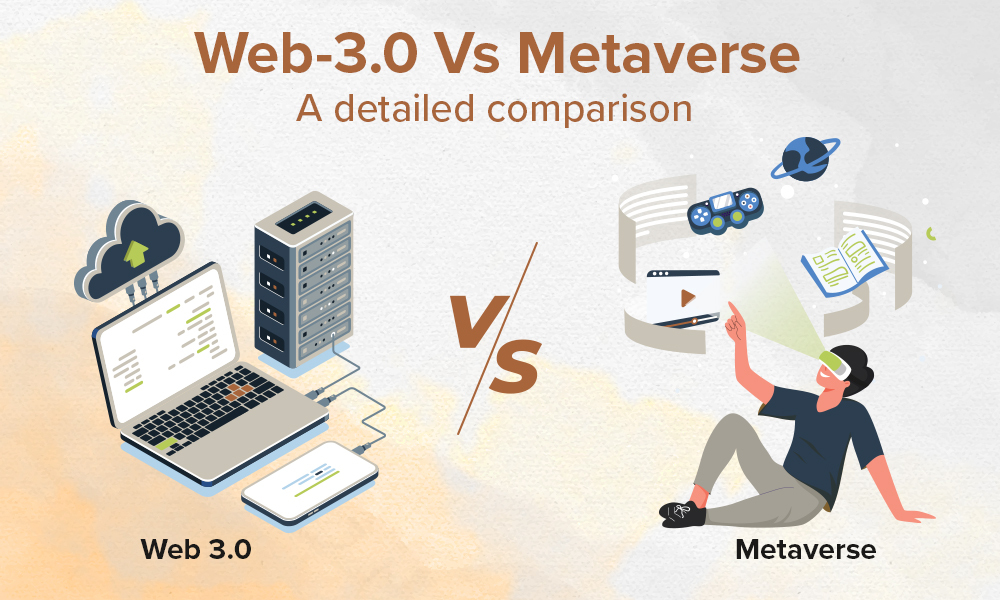Ethereum is likely to switch from proof-of-work protocol to its newly developed proof-of-stake consensus. While this may seem to be a slight change for the people who are unaware, it might have an outsized effect on the miners on Ethereum blockchain.
When the protocol change happens, for a shorter period, the old and new networks will exist simultaneously. Getting the people to switch from old to the new network would be easy as proof-of-stake powered blockchain is fast, scalable, and more energy efficient.
To most of the people in Ethereum community proof-of-stake and Casper update sound like a great option. Unless, of course, you are a miner. That’s because the new system does not rely on mining and puts miners out of a job. It might create a chance where miners stick to the old chain and continue mining.
For Ethereum to continue functioning with full support, miners will have to support the Casper and PoS Ethereum blockchain and not the older counterpart. To let this switch happen, Ethereum has a solution for that, something called “Ethereum Difficulty Bomb.” The protocol will push miners to switch from the old blockchain to the new one.
Now, let’s discuss the concept to have a better understanding.
What is Ethereum Difficulty Bomb?
Difficulty Bomb is a protocol which will increase the level of mining difficulty resulting in an increased amount of time required to mine a new block. As the puzzles to validate transactions become more complexed, there will be a substantial lag between the production of blocks on the Ethereum. This will lead to a situation where it would become unprofitable and impractical for miners to mine Ethereum blockchain.
Block Time in Ethereum Mining
Block time is the time required by the miners to generate a new block in the blockchain. The time taken by miners must not be too high or too low to maintain the balance in the mining community. Fortunately, Ethereum can adjust the average mining time to increase and decrease accordingly. An adjustment to increase the block time is known as Ethereum difficulty bomb.
The Purpose
Ethereum difficulty bomb is a deterrent for miners who do not wish to shift to the new Ethereum blockchain after the transition. The primary reason for the protocol is to shift the power and profits from the hands of miners into the hands of investors and users of the blockchain.
At this point, the main aim for Ethereum is to persuade users to switch to the new Ethereum blockchain based on PoS. Otherwise, Ethereum might face a risk of creating another blockchain, as it happened when a past technical update created Ethereum Classic.
What led to Ethereum Classic?
Ethereum Classic is an open source public blockchain that features smart contracts. It emerged as a split version of Ethereum Blockchain following a hack of $50 million on Ethereum in the year 2016. After the hack, it was decided to implement a hard fork in Ethereum code to restore the ether taken from the owners.
This hard fork resulted in voiding the hacker’s transaction. Some members of the Ethereum community rejected the hard fork on the ground of immutability and decided to continue with the unforked version. The newer version was called Ethereum, and the older one was renamed as Ethereum Classic.
Ethereum difficulty bomb is quite an interesting way to persuade the miners to switch from PoW based Ethereum to the new proof-of-stake, Ethereum blockchain. It will force the entire ecosystem to move over whatever the Ethereum ecosystem turns into after the next hard fork.



.jpg)
